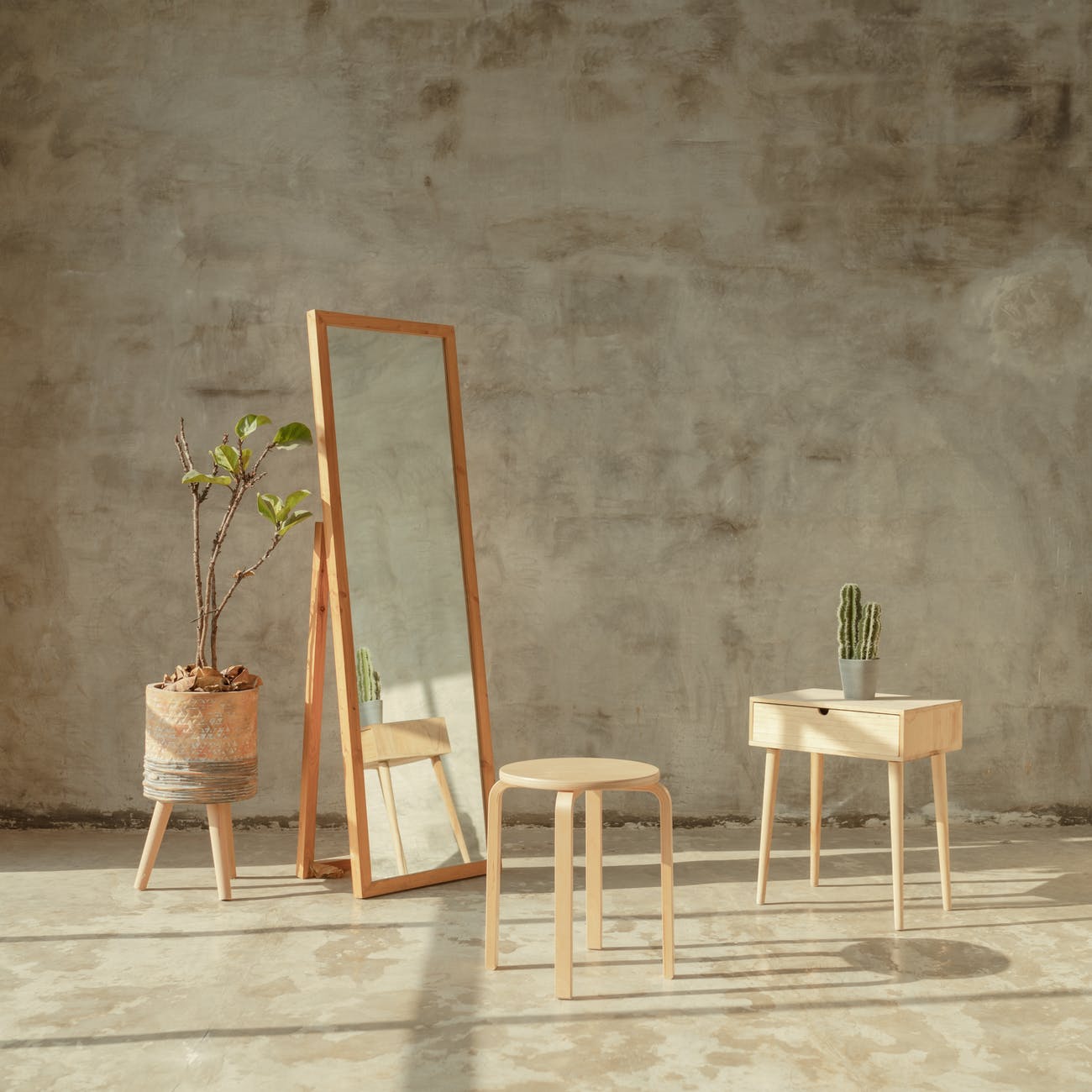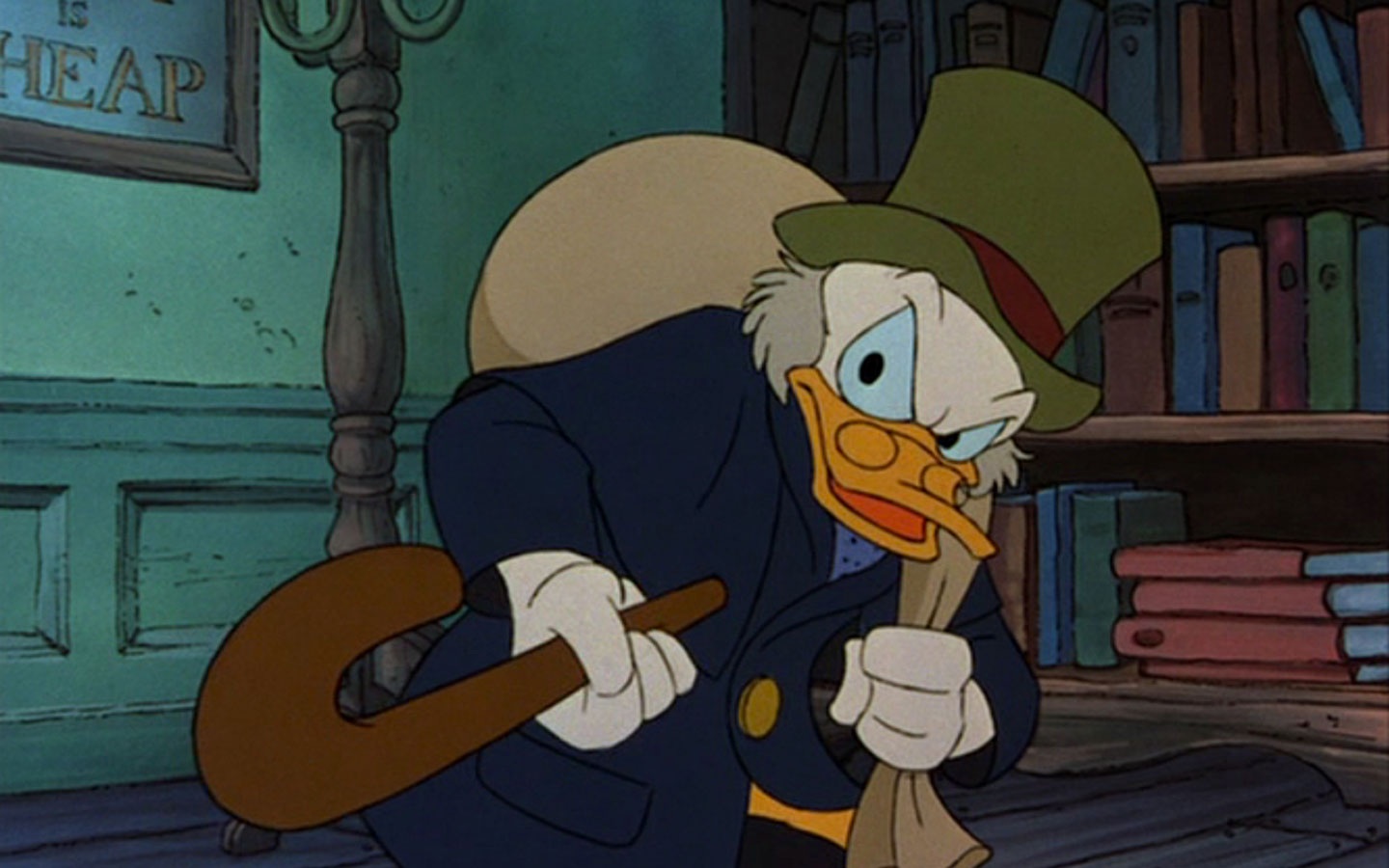Chances are, you have bought some furniture for your home. Buying furniture can increase the value of a home, providing excellent staging for potential buyers. Also, it can increase the aesthetic appeal of that home. However, did you know that furniture normally fades from time to time? This is a common phenomenon in most homes. First, it’s worth noting that faded furniture can mean a huge hassle as you might have to replace the furniture in the long run. Some of these items usually cost more money at the market when they are new. Therefore, there is a need to know what causes this fading so that one can take appropriate action. The following are the 4 causes of furniture fading:
1. Ultraviolet light
During the day, you are likely to enjoy natural light in your home. However, did you know that the sun normally has harmful UV rays? Too much exposure to the sun can make your furniture to fade in the long run. The most damaging rime is normally between 10 a.m and 4 p.m. The attitude and proximity to the equator also contributes to this problem. To mitigate this problem, you should consider using a Home Privacy Film. With this window film, one can be sure that he will enjoy natural light and still manage to block out the UV rays.
2. Solar heat
Too much solar heat can make your furniture to fade. Solar is the warmth that you feel hen from the sun when you are basking. If the furniture is exposed to the sun for long, it might start fading over time. Solar hear makes up to 25% of all furniture fading in most homes. The situation can be worse if the stool or chair is left outside your house for longer hours during the day. Ideally, it should not be left in the sun for several hours. If you are not using it, it should remain in the house. Also, it should not be exposed to too much solar heat when it is inside your house.
3. Visible light
Besides the UV rays and solar heat, visible light can make your furniture to fade over time. This might come as a surprise to you. The reality of issues is that visible light normally makes up to 25% of the cause of fading. Too much of this light can damage your furniture and make them lose their original color. Having a window film that has a darker tint can help solve this problem.
4. Humidity
High-quality furniture is normally designed to be maintained at a certain humidity percentage. Humidity levels normally fluctuate from season to season. For instance, during winter, the humidity in your home can drop drastically. When this happens, the furniture will be adversely affected. This is because humidity is drawn from the wood. If this situation prolongs, the furniture will start fading and can even crack.
Conclusion
If you allow your furniture to fade, it might lose its aesthetic value. By doing this, you might have to replace it in the long run. This can be expensive for most homeowners. Therefore, you should try to reduce the chances of furniture fading in your home. Knowing these causes of furniture fading can help you take care of the furniture well. This will go a long way in ensuring that the furniture remains in pristine condition for longer.








Show Comments (0)